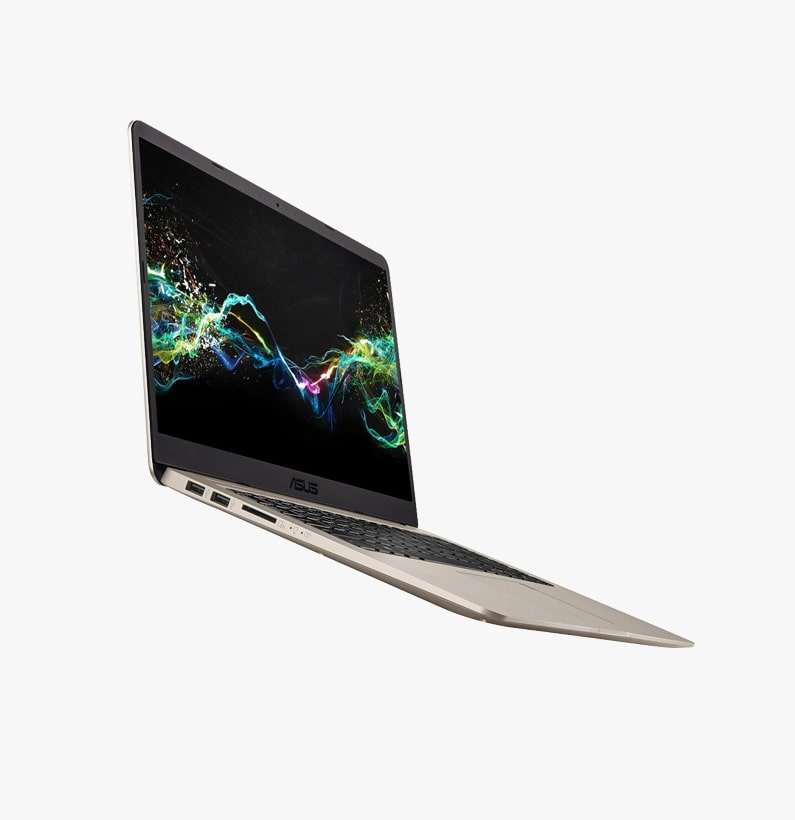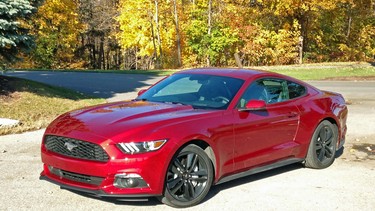Aston Martin first teased us with the Vantage at the 2003 North American International Auto Show. That led to a production launch two years later of a car that looked virtually the same.
Not that it was a bad thing – the V8 Vantage was an astonishingly pretty model, penned by the Danish-American designer Henrik Fisker and brought to the Aston showrooms with barely a visual change.
The car was revealed in production form at the 2005 Geneva Motor Show, based on the chassis of the DB9. Sales commenced that September, with prices starting from £79,995 – making it a direct and obvious rival to the Porsche 911. It was launched with a new 4.3-litre V8 engine developing an impressive 385bhp, but although the V8 sounded fantastic and was brimming with character, it had to be worked hard in order to exploit its performance. Peak torque didn’t arrive until 5000rpm, and the top of its power curve came some 2000rpm later.

All are incredible cars to look at and sit in, and they are more exclusive than, say, Porsche 911s and Jaguar XKRs


The issue was addressed somewhat in 2008 with the introduction of a revised 4.7-litre V8 with 426bhp, while the power of the 4.3 was increased to 400bhp.
Just before the revised engines came along, Aston also introduced a soft-top. The V8 Vantage Roadster was aimed at a different target market and was pitched as more of a boulevard cruiser, but it was still an epic performance car in its own right. Today, the V8 Vantage is terrific value. You’ll get a good one from £30,000, but you need to factor in that these are specialist cars and so they require specialist maintenance.
There were several special editions and specifications, but there are three to look out for in particular. The Prodrive V8 Vantage of 2007 consisted of four upgrade packages covering the engine, suspension, wheels and brakes (more on that later). In the same year, the N400 (4.3) model was launched to celebrate the car’s successes at the Nürburgring, which had 400bhp, suspension tweaks and bespoke interior and exterior trim. The 2010 N420 applied similar upgrades to the 4.7-litre car.
In 2011, the V8 Vantage S arrived in showrooms, with a 430bhp iteration of the 4.7-litre V8. It delivered a 190mph top speed and 0-60mph in 4.5 seconds with help from closer gear ratios and a lower final drive in the rear diff. For this guide, we’ll be focusing on the pre-S models.
ENGINE AND GEARBOX

The engine, gearbox and driveline on manual models are normally bombproof. Other than relatively weak clutches, everything else is pretty tough.
The quad-cam V8 is related to the Jaguar AJ V8 unit, but because it didn’t arrive until 2005 there are none of the Nikasil-liner issues related to earlier iterations – it’s all fairly straightforward stuff. Regular maintenance is the key.
As for the transmission, the six-speed manual gives very few issues even at high mileages, but the six-ratio sequential auto can be troublesome due to software and module failure. Don’t confuse this with the seven-speed automated ’box on 2011- on cars, which is usually trouble free.
Don’t buy a car if the engine has already failed, rare as that may be, because remanufactured motors and gearboxes are currently not supported by the factory. This can cause serious issues if a car needs a replacement.
Another, surprising, thing to bear in mind is that you’ll need to book well in advance if you need servicing or repairs, because there aren’t enough independent specialists in Aston Martins of this era, so most have a waiting list.
SUSPENSION AND BRAKES

Again, it’s mostly service items that you need to be aware of – there’s nothing that breaks specifically other than through general wear and tear, but it helps to know exactly what you’ve got, because specifications are quite different.
All cars have independent aluminium double wishbones front and rear, while coil-over dampers work with an anti-roll bar at both ends. On the 4.3, the Sports Pack came with firmer Bilstein springs and dampers, as well as lightweight forged 19-inch alloy wheels. With the 2008 arrival of the 4.7, 19-inch alloys were standard and there was a range of optional styles up to 21 inches. These aren’t recommended, because they give a very harsh ride.
In addition, you could specify a Prodrive Pack, identifiable by its seven- rather than five-spoke rims. The Prodrive Pack also used firmer Eibach springs and Bilstein dampers, while the Brembo brakes were upgraded over those of the standard models.
Also, bear in mind that the Vantage is heavy on rubber. If driven gently, you might get 20,000 miles out of a set of tyres, but 10,000-15,000 is more the norm.
BODYWORK AND INTERIOR

Body repairs can be costly, especially as the shape means they’re prone to stone chips around the front. You may have to wait for replacement panels, too, as Aston only makes them in small batches, and there are no pattern suppliers. Check for the usual signs of accident repairs, too, such as uneven tyre wear or poor panel gaps. Other than that, body electrical systems cause the biggest issues. Early [pre-10-plate cars] door modules are likely to fail on every example, as do the convertible-roof module and transmission module. Interior materials are all pretty hard wearing, and unless a car has covered a particularly high mileage most examples are still fairly smart in the cabin.
WHICH TO BUY

With a budget below £45,000, specialists advise that you opt for a six-speed manual. And unless you really must have the six- speed automated-shift manual, avoid it; this unit can suffer from module problems. It’s also less fun to drive. The 4.7 is the more enjoyable car on the road.
Of course, all are incredible cars to look at and sit in, and they are more exclusive than, say, Porsche 911s and Jaguar XKRs.
These Aston Martins are classic and understated, meaning they suit a particular buyer that a McLaren, Lamborghini or Ferrari might not. And they have an epic exhaust note, too!
SPECIFICATIONS

4.3-litre V8
Power: 385bhp
Top speed: 175mph
0-60mph: 4.9 seconds
Economy: 21mpg
4.7-litre V8
Power: 426bhp
Top speed: 181mph
0-60mph: 4.6 seconds
Economy: 21mpg
WHAT TO PAY

2011 4.7-litre V8 Coupé (US)
FAIR: $44,500
GOOD: $54,600
EXCELLENT: $68,900
CONCOURS: $85,600
2011 4.7-litre V8 Coupé (UK)
FAIR:
GOOD:
EXCELLENT:
CONCOURS:






/cdn.vox-cdn.com/uploads/chorus_asset/file/25523895/247164_Back_To_School_GG_PGuest_LEDE_2040x1360.jpg)

















